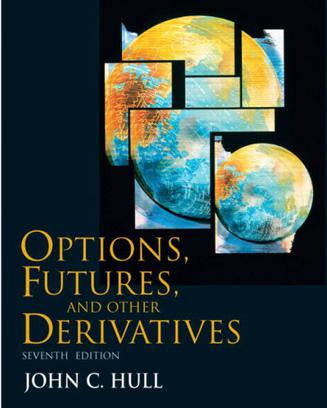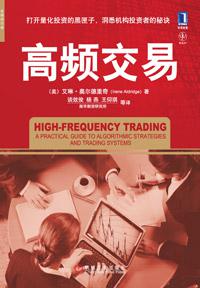-

The Concepts and Practice of Mathematical Finance (Mathematics, Finance and Risk)
This introductory text provides a clear understanding of the intuition behind derivatives pricing, how models are implemented, and how they are used and adapted in practice. M. Joshi covers the strengths and weaknesses of such models as stochastic volatility, jump diffusion, and variance gamma, as well as the Black-Scholes. Examples and exercises, with answers, as well as computer projects, challenge the mind and encourage learning how to become a good quantitative analyst. -

Monte Carlo Methods in Finance
An invaluable resource for quantitative analysts who need to run models that assist in option pricing and risk management. This concise, practical hands on guide to Monte Carlo simulation introduces standard and advanced methods to the increasing complexity of derivatives portfolios. Ranging from pricing more complex derivatives, such as American and Asian options, to measuring Value at Risk, or modelling complex market dynamics, simulation is the only method general enough to capture the complexity and Monte Carlo simulation is the best pricing and risk management method available. The book is packed with numerous examples using real world data and is supplied with a CD to aid in the use of the examples. -

Options, Futures and Other Derivatives
-

MATHEMATICAL METHODS FOR FOREIGN EXCHANGE - A FINANCIAL ENGINEER'S APPROACH
This comprehensive book presents a systematic and practically oriented approach to mathematical modeling in finance, particularly in the foreign exchange context. It describes all the relevant aspects of financial engineering, including derivative pricing, in detail. The book is self-contained, with the necessary mathematical, economic, and trading background carefully explained. In addition to the lucid treatment of the standard material, it describes many original results. The book can be used both as a text for students of financial engineering, and as a basic reference for risk managers, traders, and academics. -

An Introduction to the Mathematics of Financial Derivatives, Second Edition
This popular text, publishing Spring 1999 in its Second Edition, introduces the mathematics underlying the pricing of derivatives. The increase of interest in dynamic pricing models stems from their applicability to practical situations: with the freeing of exchange, interest rates, and capital controls, the market for derivative products has matured and pricing models have become more accurate. Professor Neftci's book answers the need for a resource targeting professionals, Ph.D. students, and advanced MBA students who are specifically interested in these financial products. The Second Edition is designed to make the book the main text in first year masters and Ph.D. programs for certain courses, and will continue to be an important manual for market professionals. -

高频交易
以光速旅行,决胜于分秒之间 揭开量化投资的黑匣子,洞悉机构投资者的秘诀 量化投资方法正越来越受到广大的机构投资投资者的关注,其代表者吉姆·西蒙斯在股市下行的2008年中将25亿美元的收益收入囊中。高频交易作为量化投资的重要方法,也引起了海内外投资界的广泛兴趣。据不完全统计,2008年,采用传统低频交易的投资者有70%处于亏损,而高频交易基金经理几乎都在当年实现了盈利。 那么究竟何为高频交易?高频交易背后的原理是什么?量化投资者又是怎样利用这一工具实现惊人的收益呢? 本书作者站在专业的高度,用平实的语言和丰富的图表,带我们走进量化投资的黑匣子,向我们展示了这台复杂的“金融仪器”是如何运作的。书中的内容涵盖了高频交易的方方面面——从形成想法并开发交易系统,到投入资金并进行表现评估——这些详实的信息将让你在如今风云诡谲的市场上更具竞争优势。